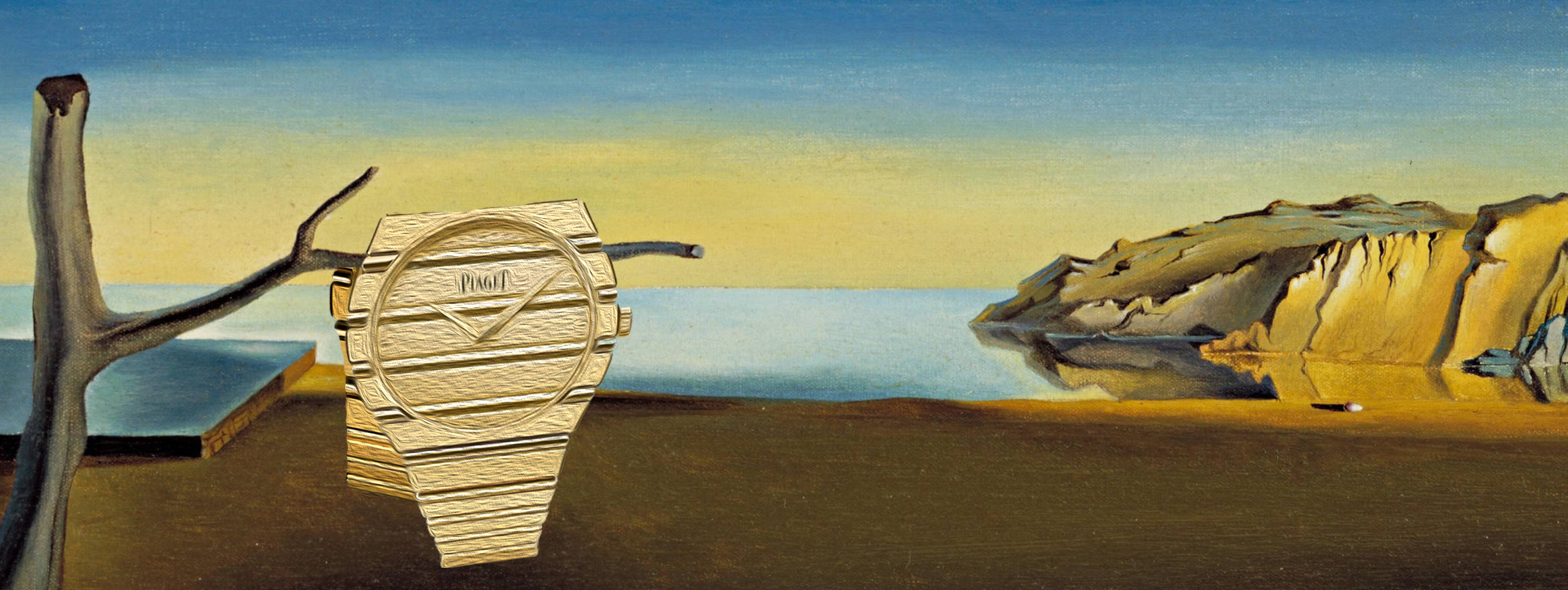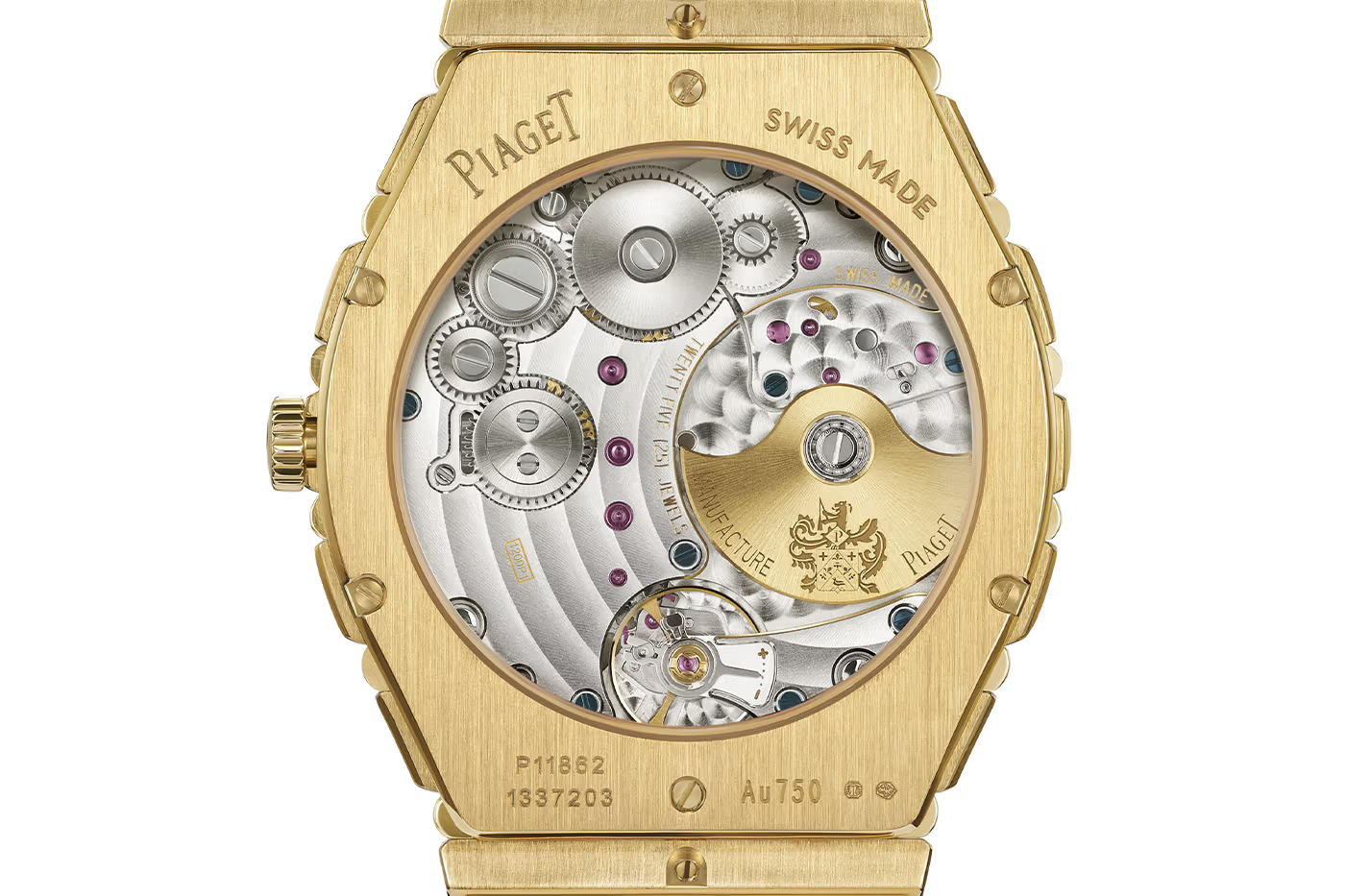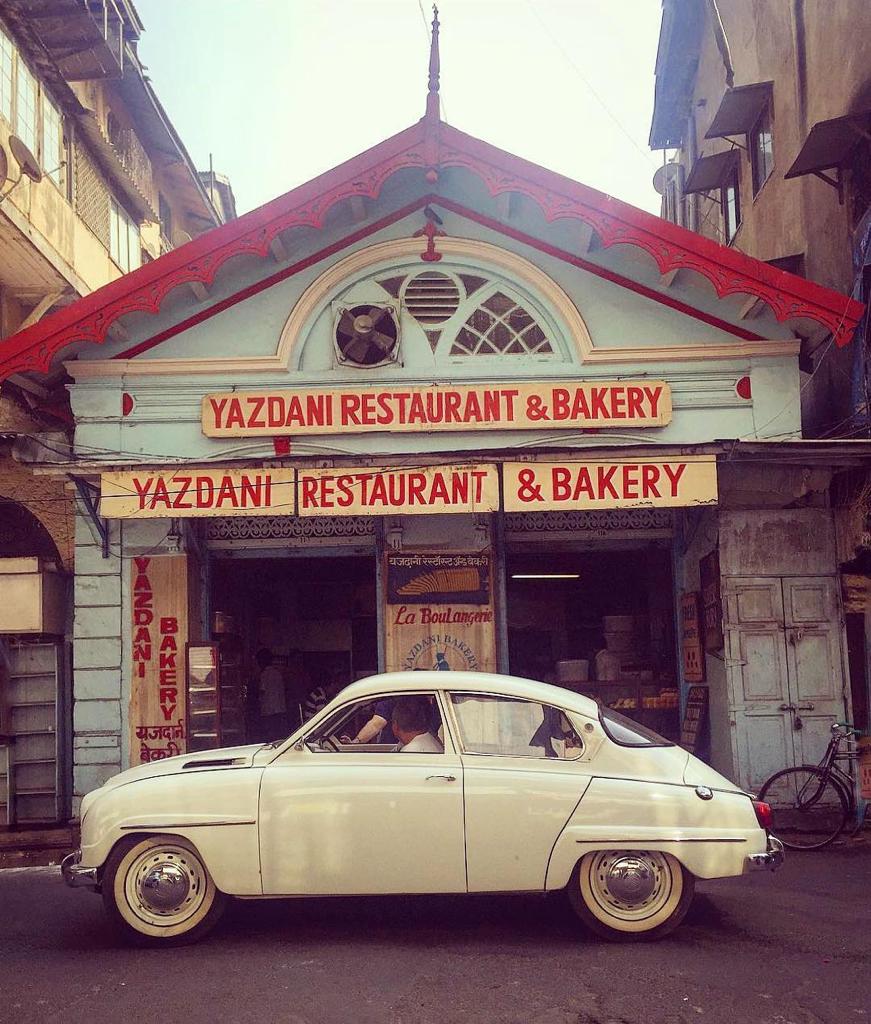In the realm of luxury goods, the timeless allure of watches has persisted throughout history, with vintage timepieces holding a particularly esteemed status. In the contemporary landscape of 2024, the global Luxury Watches market stands as a testament to this enduring fascination, boasting a remarkable revenue of US$49.80 billion. This figure is not merely a reflection of monetary transactions but encapsulates a deeper cultural and societal narrative.
At the forefront of this flourishing market are venerable brands such as Rolex and Patek Philippe, whose legacy and craftsmanship continue to captivate connoisseurs worldwide. The allure of luxury watches transcends mere functionality, embodying a fusion of artistry, heritage, and status symbol. China is a pivotal player, contributing significantly to the market’s revenue with a staggering US$11,120 million in 2024.
Beyond sheer financial metrics, the per capita revenue of US$6.43 underscores the widespread appeal and accessibility of luxury watches, symbolising aspirations and affinities across diverse demographics. Switzerland hailed as the epicentre of fine watchmaking tradition, remains a focal point for discerning enthusiasts, reflecting the enduring resonance of horological excellence.
Under Richemont’s ownership, Piaget is reintroducing one of its most revered timepieces, the Polo 79, to reinvigorate its luxury watch segment and promote what CEO Benjamin Comar describes as “visible but not vulgar.” The Polo 79, renowned for its distinctive yellow gold strips seamlessly integrated into the case, was a symbol of prestige and discernment in the 1980s, cherished by luminaries like artist Andy Warhol.
Polo 79
The revived model maintains its distinctive riveted design and solid gold bracelet, albeit enlarged to 38mm in diameter from the original. It also incorporates modern technical enhancements, such as Piaget’s in-house automatic mechanical movements, replacing the original battery-powered quartz.
The $73,000 Polo 79 strikes a balance between being neither overly ostentatious nor too subtle, with its solid yellow gold construction appealing particularly to the American market, where Piaget’s brand presence is still evolving.
The landscape is changing, especially in emerging markets like India, where consumer preferences are transformed by travel and cultural exposure. A growing segment of the middle and upper middle classes, inspired by global experiences, developed a keen interest in luxury timepieces. This surge in demand is driven by the allure of prestigious international brands and the desire for individuality, exclusivity, and craftsmanship.
Indian consumers are increasingly seeking the extraordinary, eschewing the ordinary, and favouring designer pieces that offer a sense of exclusivity. There’s a rising trend toward vintage pieces, reflecting a deeper appreciation for heritage and the art form of timekeeping.
The trajectory of the luxury watch market reflects economic dynamics and serves as a barometer of evolving tastes, aspirations, and cultural narratives on a global scale. As the industry continues to evolve, it reaffirms the enduring allure of watches as timeless artefacts of luxury and refinement.
Words by Esha Aphale.
Featured image Piaget Polo 79 by Tanya Chaturvedi.
Image courtesy Piaget.






